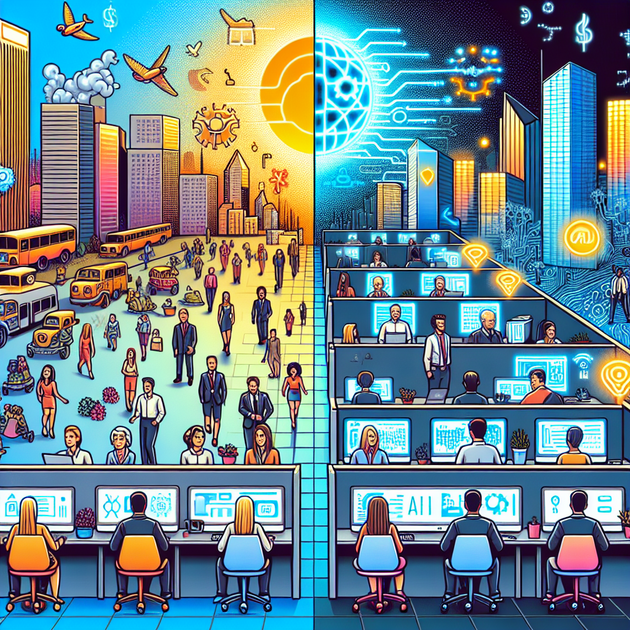Will the AI Bubble Pop? Lessons from the Dot-Com Crash 25 Years Ago
Ever notice how every dinner table chat about technology these days circles back to one question—will this “AI bubble” burst like the infamous dot-com crash did a generation ago? If you’re seeing echoes of history in today’s headlines, you’re not alone.
What Exactly Is an “AI Bubble”?
The term “AI bubble” gets tossed around a lot lately. It basically describes a situation where excitement (and money) about artificial intelligence outpaces what current technology can actually deliver. Companies with “AI” in their name are getting billion-dollar valuations overnight—even if their products are still early prototypes or have yet to turn a profit.
Sound familiar? That’s because something similar happened back in the late ’90s with internet startups during what we now call the dot-com boom.
The Dot-Com Boom—and How It Went Bust
Let’s rewind to about 25 years ago. Back then, anything with “dot-com” in its name was gold. Investors were throwing money at startups simply because they were online—never mind if they had a business plan or not.
What led to that legendary crash?
- Wild speculation: Investors believed every internet company would change the world (and make them rich).
- Easy money: Startups went public before proving they could make money.
- Hype over substance: Some companies spent more on advertising than developing real products.
- No clear path to profit: Many businesses had cool websites but no way to turn clicks into cash.
By early 2000, reality caught up. Stock prices collapsed. Companies vanished almost overnight. People lost jobs and savings—but some survivors (like Amazon) eventually changed how we live.
Are We Headed for Another Tech Crash with AI?
It’s easy to see why people compare today’s AI craze with that earlier era. There are definitely some warning signs:
- Startups raising millions on little more than a slick demo
- Bigger companies scrambling to slap “AI-powered” on all their products
- Skepticism about whether current AI tools can really meet sky-high expectations
But there are some big differences too.
- Mature infrastructure: Technology—cloud computing, faster chips—is much more advanced now.
- Real-world adoption: Businesses are using AI in practical ways (think fraud detection or medical imaging).
- Larger players: Tech giants like Google and Microsoft are leading development—not just risky startups.
So while there’s plenty of hype in today’s AI scene, more companies have proven solutions or at least clearer paths to making money than many ‘90s dot-coms did.
A Real-Life Look Back: From Hype to Reality
Here’s a quick story from those heady dot-com days. A tiny company called Pets.com raised almost $90 million and became famous thanks to its sock puppet mascot—yet it never turned a profit and folded less than two years after going public. Meanwhile, Amazon took its time building warehouses and logistics while quietly losing money quarter after quarter… until finally becoming profitable years later.
The lesson? Hype alone doesn’t last—but solving real problems does.
What Should We Watch Out For?
If you’re wondering whether this is truly an AI bubble ready to pop—or just another cycle of innovation—keep an eye on these factors:
- Are companies focusing on solving real customer problems?
- Do business models actually make sense beyond just riding the “AI” wave?
- Is there transparency about risks and limitations?
- Are investors acting rationally—or chasing quick wins?
History doesn’t repeat exactly—but it often rhymes. If today’s tech leaders remember what burst the dot-com bubble 25 years ago, maybe we’ll avoid making all the same mistakes twice.
So, as you scroll through news about skyrocketing valuations and shiny new startups promising an “AI revolution,” ask yourself—are we building something that lasts this time?

Leave a Reply